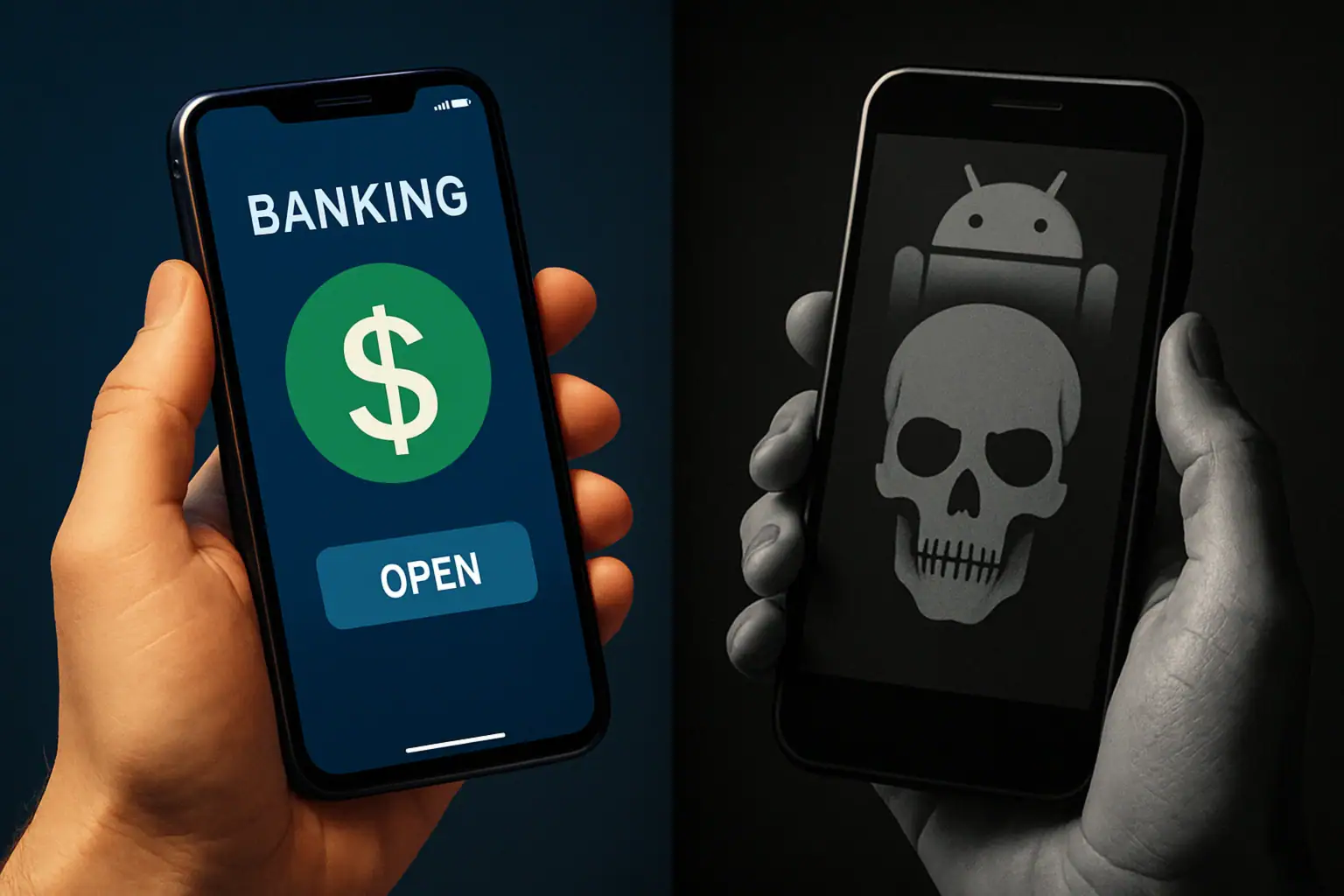The cybercriminal group behind the Anubis ransomware has significantly enhanced their malicious software’s destructive capabilities. Recent cybersecurity research reveals that this emerging threat now incorporates wiper functionality, enabling complete and irreversible file destruction that goes beyond traditional encryption methods.
From Encryption to Complete Data Annihilation
First detected by security researchers in December 2024, Anubis ransomware has rapidly gained traction within cybercriminal communities. The malware initially operated through three distinct business models: traditional data encryption (Anubis Ransomware), data theft and extortion (Anubis Data Ransom), and monetization of compromised system access (Access Monetization). Partners in this ransomware-as-a-service operation received up to 80% of profits from successful attacks.
Trend Micro analysts have documented a significant evolution in this threat landscape. The integration of irreversible file destruction capabilities represents a paradigm shift that fundamentally alters the ransomware threat environment, moving beyond recoverable encryption to permanent data loss scenarios.
Technical Implementation of Destructive Capabilities
The wiper mechanism within Anubis demonstrates sophisticated engineering design. Activation occurs through a specialized command-line parameter /WIPEMODE, protected by cryptographic key-based authentication systems. Once initiated, the destruction process completely clears file contents while preserving directory structures and filenames.
This approach creates a particularly insidious psychological impact on victims. Organizations discover their familiar file systems intact, but all documents display zero bytes in size. This tactic amplifies feelings of helplessness and pressures victims toward rapid ransom payments, eliminating time for alternative recovery solutions.
Advanced Evasion and System Manipulation Techniques
Analysis of the latest Anubis variant reveals an expanded command set for attack customization. The malware incorporates automatic privilege escalation, exclusion of critical system directories, and precise targeting of specific encryption paths. To maximize effectiveness, the program systematically deletes Windows Volume Shadow Copies and terminates antivirus processes and backup systems.
Anubis employs ECIES (Elliptic Curve Integrated Encryption Scheme) for cryptographic protection, an unusual choice among contemporary ransomware families that indicates sophisticated developer expertise. Security researchers note implementation similarities to previously identified EvilByte and Prince ransomware families, suggesting possible code sharing or common development origins.
Hybrid Threats Reshape Cybersecurity Landscape
The emergence of hybrid solutions like Anubis signals a transition toward more aggressive cyberattack methodologies. The combination of traditional encryption with complete data destruction creates unprecedented pressure on victims while minimizing the effectiveness of standard incident response procedures.
This evolution demands fundamental reassessment of organizational cybersecurity strategies. Traditional backup and recovery methods may prove insufficient against threats that permanently destroy data rather than simply encrypting it. Organizations must recognize that prevention becomes the primary defense when recovery options are eliminated.
Organizations must implement comprehensive defense strategies including air-gapped backup systems, regular security updates, and incident response training. As data recovery becomes impossible following successful attacks, proactive security measures represent the only reliable protection against these evolving threats. The cybersecurity community must adapt rapidly to address this new generation of destructive malware that prioritizes permanent damage over traditional ransom economics.






